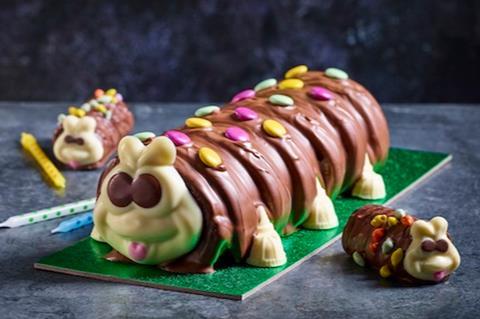
Aldi and M&S have finally put an end to their caterpillar cake wars. No-one knows the exact details of the truce, which emerged this week. Colin and Cuthbert shook hands on a confidential settlement, and both parties appear satisfied with the conclusion. M&S said it was “pleased” at the outcome in enforcing its IP rights, while Aldi claimed Cuthbert was “getting out early on good behaviour”, in an echo of its tongue-in-cheek trolling on social media.
From a legal perspective, this dispute follows a long line of incidents from the so-called “chocolate wars”, where leading brands such as Cadbury, Nestlé, Ritter Sport, Lindt, Hotel Chocolat and Mondelez have sought to protect various elements of their products, such as the shape, colour and get-up of their goods and their packaging.
The cases include failed attempts by Cadbury to protect the colour purple on the packaging of its chocolate bars, Nestlé’s bid to protect the shape of its Kit Kat bar and Lindt’s attempt to stop imitations of its gold bunny.

Not all cases have failed, though. Ritter Sport has had recent success in protecting its square chocolate bar shape in the German courts, and Mondelez convinced Poundland to change its Twin Peaks chocolate bar design to less resemble a Toblerone.
The above disputes raise interesting legal issues of what can and cannot be registered as a trade mark. Here are our key lessons for brand owners:
Register. Trade mark applications are cheap to file and maintain and provide strong legal protection. Brand owners should apply to protect a wide range of colours, shapes and get-up surrounding products and packaging in the key territory markets. Owning a registered trade mark will only strengthen any court case and show others that you are serious about brand protection.
Evidence. To support these applications, brand owners should track, document and keep details of the use of colour, shape and design in their products. Critical evidence includes advertising/marketing spend, social media traction and customer reviews, all directed at demonstrating consumer recognition.
Isolate. Marketing campaigns based exclusively or primarily on a product’s shape, colour or get-up would be powerful evidence to support trade mark applications. The key aim is to establish that consumers rely on these elements to recognise the product, rather than a brand name – for instance, knowing a Kit Kat or Toblerone is offered by Nestlé/Mondelez based on the product’s shape alone.
Accurate: Take care to consider whether a product’s description could be misleading. Cadbury’s chocolate bar ‘SwissChalet’, which included a picture of a Swiss mountain and chalet on the packaging, was found to misrepresent that the chocolate originated from Switzerland. Thousands of other terms (such as Champagne, Cornish Clotted Cream and Yorkshire Wensleydale) are protected based on their geographic origin (now under separate rights called protected geographical indications), so brand owners should check and seek professional advice when referencing well-known localised goods.
PR. Formal legal proceedings are public, so carefully consider the public’s reaction to any claim. Form a strategy for managing the public’s perception and present a clear and accessible justification for bringing the claim. Brand enforcement is necessary, but should also be a net positive in driving the overall business. For instance, see the recent dispute between Oatly and Glebe Farm.
Settle. The possibilities for nuanced and creative solutions are far greater when a matter is dealt with privately between the parties rather than in court. Of course, formal legal proceedings are necessary, if the other side is unrelenting or uncompromising, but an out-of-court settlement is often the best policy for preventing further disputes.




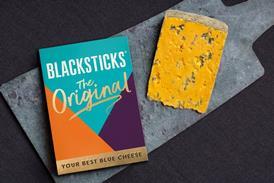


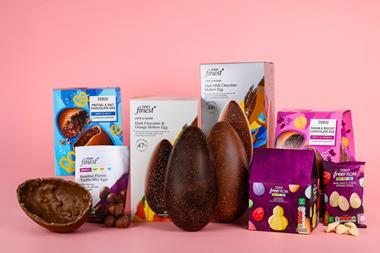

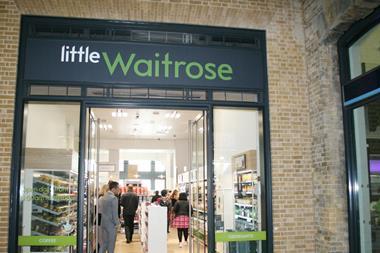

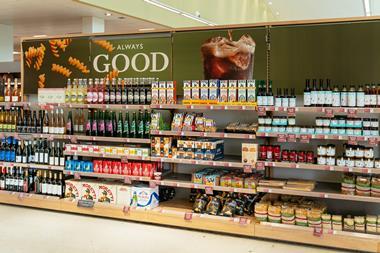
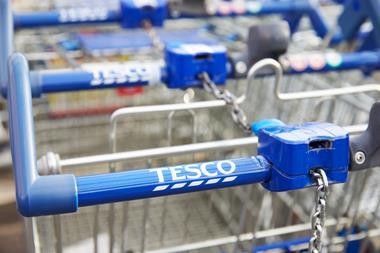


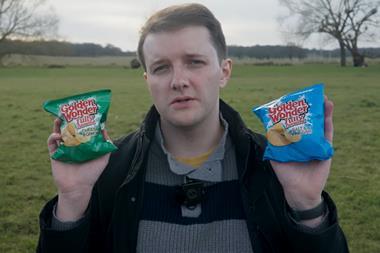

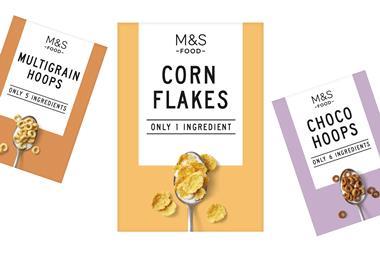

No comments yet